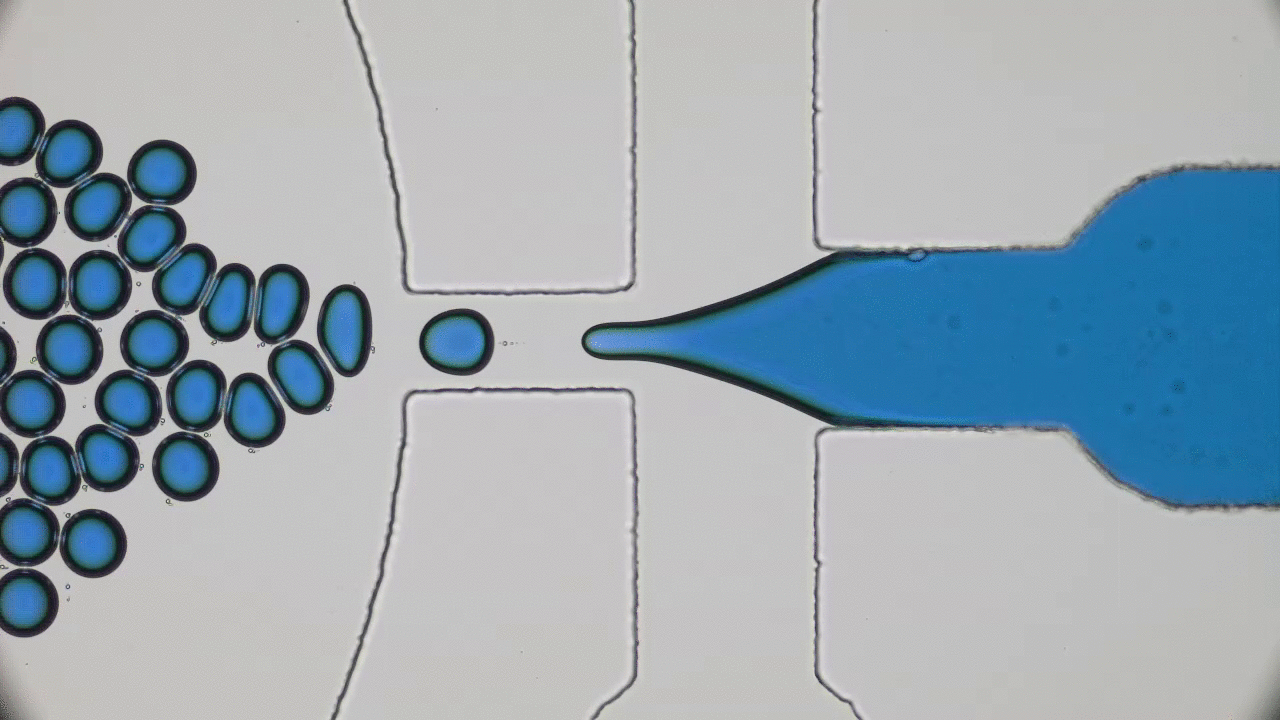The circulatory or vascular system of animals is a complex organ that performs multiple functions simultaneously. Take the human circulatory system for example: it transports oxygen and nutrients throughout the body, regulates temperature, helps in fighting diseases, etc. However, robots don’t usually function the same way. Despite the vast improvements in robot design, they still cannot do much multi-tasking. Part of the problem is that robots are typically built from rigid parts that only do one thing. A battery usually does not play any other role aside from providing energy, and moving parts are typically controlled by independent actuators. These single-purpose components (such as batteries) are typically less efficient than their biologic counterparts, and add to the weight of the robots (limiting their performance, maneuverability, speed, and autonomy).
Soft engines: Leidenfrost effect in elastic solids
Have you ever wondered why a water droplet rolls around on a hot pan instead of evaporating instantly? The part of the droplet touching the pan does indeed evaporate. The resulting vapor forms a thin insulating layer that enables the drop to hover over the pan for seconds, even minutes. This is known as the Leidenfrost effect. Because they also produce vapor when heated, sublimable solids (solids that skip over the liquid phase and directly produce vapor) also exhibit the Leidenfrost effect. This effect has been studied extensively for both liquids and sublimable solids.



